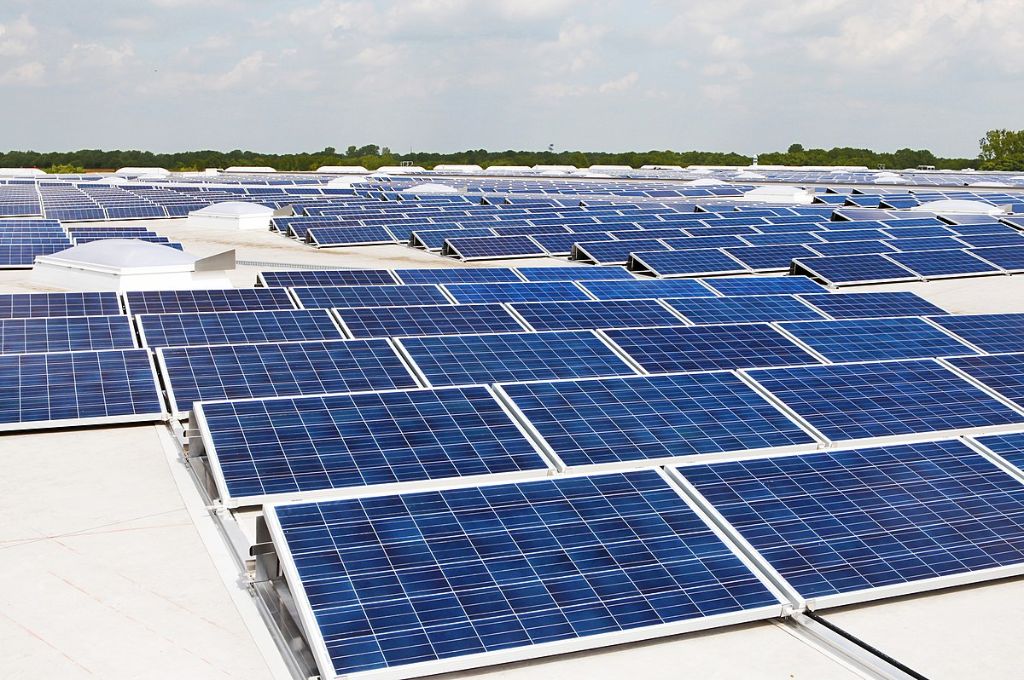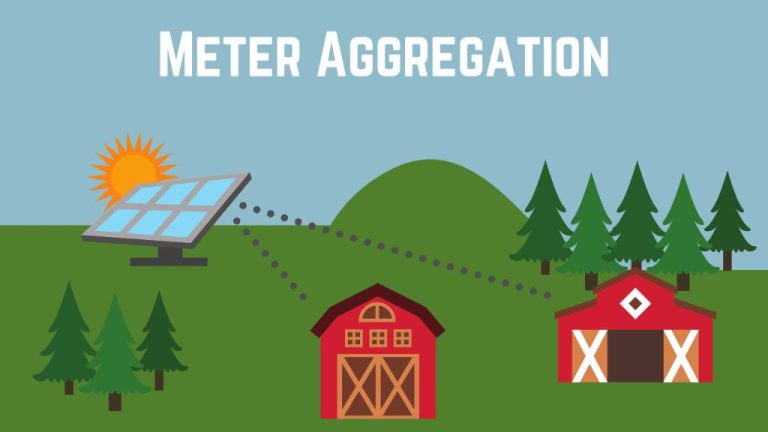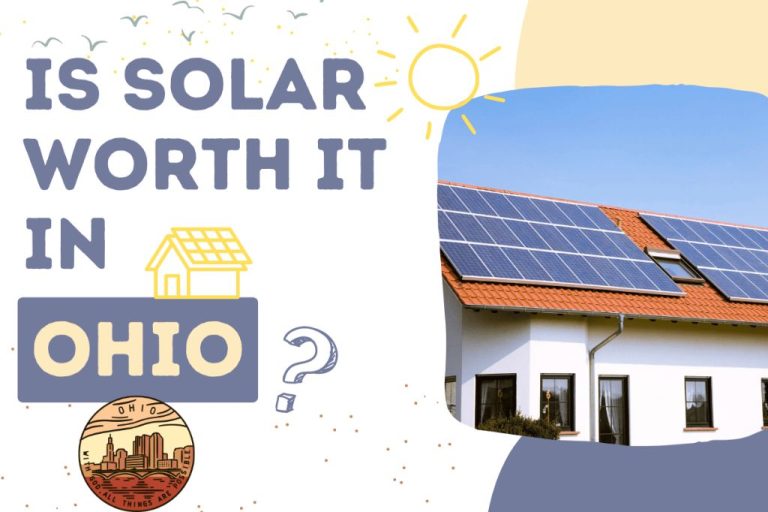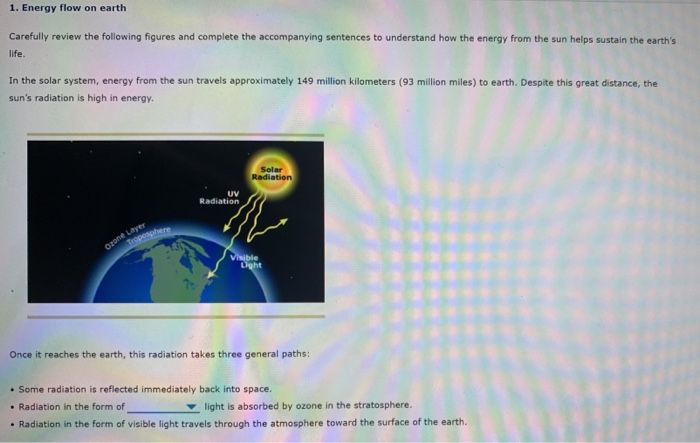Is Solar Energy Light Or Chemical Energy?

Solar energy refers to the radiant energy emitted by the sun, which can be harnessed and converted into other forms of energy such as heat or electricity. There has been an ongoing debate among experts regarding whether solar energy should be classified as light energy or chemical energy. While the two categories share some similarities, they also have distinct properties that set them apart. This article will examine the characteristics of light and chemical energy, summarize the key arguments on both sides of the debate, explore expert opinions, and arrive at an informed conclusion on how to best categorize solar energy.
Definition of Solar Energy
Solar energy is the radiant light and heat from the Sun that is harnessed using a range of technologies such as solar heating, photovoltaics, solar thermal energy, solar architecture, molten salt power plants and artificial photosynthesis (Britannica, 2022). It is a renewable energy source that relies on the Sun to produce electricity and heat. Solar energy technologies convert sunlight into usable light energy and heat for electricity generation, lighting, heating and cooling homes and buildings (SEIA, 2022).
The Sun produces solar energy through nuclear fusion reactions deep in its core. This energy radiates outwards and is spread across the frequency spectrum from radio waves through visible light to X-rays and gamma rays. About half of the radiation is in the visible spectrum, which human eyes register as light. Solar cells convert the light into electricity through the photovoltaic effect (Just Energy, 2021).
Properties of Light Energy
Light energy has unique properties that distinguish it from other forms of energy. Some key properties of light energy include:
Light travels in a straight line. It does not bend around objects or spread out as it travels. Light will only change direction when it is reflected off a surface or refracted through a lens or prism.
Light can travel through transparent materials like glass or air. However, opaque materials will block the passage of light. This is why you cannot see through a wall, but can look through a window.
Light energy travels extremely fast. It travels at a speed of approximately 186,000 miles per second. This speed is constant and does not change.
Light can be absorbed, reflected, refracted or transmitted when it encounters various materials. Absorption converts light energy into a different form of energy. Reflection bounces light off a surface. Refraction bends light as it passes from one medium to another.
Light energy comes in a range of frequencies and wavelengths, which determine the color and energy of the light. Visible light that humans can see is just one small portion of the full electromagnetic spectrum.
The intensity of light relates to its brightness. Intensity depends on the rate at which the source emits the energy. More intense light has higher energy and brightness.
Light can act as both a wave and a particle. As a wave, it has oscillating electric and magnetic fields. As a particle (photon), light travels in discrete packets of energy.
Light does not require a medium to travel through. It can propagate through a vacuum unlike mechanical waves like sound.
Overall, light energy has a unique mix of wave-like and particle-like properties that allows it to travel rapidly through space and interact with matter in specific ways.
(Source: https://www.toppr.com/guides/physics/light/light-energy/)
Properties of Chemical Energy
Chemical energy is the energy stored within the bonds between atoms in a molecule. The more tightly bonded the atoms are, the more energy that is stored within them (https://infinitylearn.com/surge/chemistry/chemical-energy/). Chemical bonds store potential energy that can be released by chemical reactions to do work or produce heat. The amount of energy stored depends on the types of atoms, the structure of the molecule, and the types of chemical bonds (https://www.britannica.com/science/chemical-energy).
Some key properties of chemical energy include:
- It is stored in the chemical bonds between atoms and molecules.
- The strength of the chemical bonds determines how much potential energy is stored.
- Stronger chemical bonds (e.g. covalent, ionic) store more energy than weaker bonds (e.g. hydrogen bonds).
- Energy can be released when chemical bonds are broken via chemical reactions.
- Exothermic reactions release energy, while endothermic reactions require energy input.
- The chemical structure and composition determine how much energy is stored and released.
- Common examples of stored chemical energy include fuels, foods, batteries, and explosives.
In summary, chemical energy is the potential energy stored within molecules and released through chemical processes and reactions (https://chem.libretexts.org/Bookshelves/Introductory_Chemistry/Introductory_Chemistry_(CK-12)/17%3A_Thermochemistry/17.01%3A_Chemical_Potential_Energy). The strength of chemical bonds and the molecular structure determine the amount of energy that can be released or absorbed.
Light Energy Argument
Many argue that solar energy is a form of light energy because the sun produces electromagnetic radiation in the form of photons or light particles that travel to Earth (Source). The radiation emitted by the sun covers a broad spectrum, including visible light, ultraviolet light, and infrared energy. When this solar radiation reaches the Earth, it can be converted into other forms of energy such as heat or electricity. For example, solar panels convert sunlight directly into electrical energy via the photovoltaic effect. In this process, photons from sunlight knock electrons loose in a solar cell, creating an electric current that generates power. The fact that solar radiation can be directly converted into electricity provides evidence that solar energy is fundamentally light energy from the sun.
Additionally, the intensity of solar energy received at any location is directly dependent on sunlight exposure. Solar energy technologies like solar water heaters and concentrated solar power systems operate more efficiently in direct sunlight versus cloudy or shaded conditions. This demonstrates that solar energy output is tied to visible and ultraviolet light from the sun. Many also argue that light energy and solar energy share the same speed – the speed of light. Solar energy travels at 186,000 miles per second from the sun to the Earth, which is the established speed of light. The close relationship between solar radiation intensity and sunlight illumination levels further suggests that solar energy is indeed a form of light energy (Source).
Chemical Energy Argument
While solar energy starts out as light energy from the sun, it is converted into chemical energy through the process of photosynthesis. Photosynthesis is the process plants and some bacteria use to absorb light energy from the sun and convert it into the chemical energy stored in glucose molecules ([1]). This conversion of light energy to chemical energy allows plants to grow and provides the energy source for nearly all life on Earth.
During photosynthesis, plants use the energy from sunlight to convert carbon dioxide and water into oxygen and energy-rich organic compounds like glucose. The conversion of solar energy into chemical energy is accomplished through a series of light-dependent and light-independent reactions ([2]). The light-dependent reactions capture the energy from sunlight and use it to generate ATP and NADPH, energy-carrying molecules used in the light-independent reactions to build glucose ([3]).
Because the energy from sunlight is stored in the chemical bonds of glucose through photosynthesis, solar energy can accurately be described as a source of chemical energy for life on Earth. While sunlight itself is a form of radiant light energy, living organisms have evolved to convert and store that energy in the form of chemical bonds that can power cellular processes.
Critical Analysis
Objectively evaluating the merits of both sides of the argument is the key to determining whether solar energy is light or chemical in nature. While both the light energy and chemical energy arguments have valid points, a closer examination of the underlying physics reveals some flaws in the reasoning.
On one hand, proponents of solar energy as light energy rightly point out that photons from the sun directly hit the solar panels, creating electricity through the photovoltaic effect (Andrei, 2022). This interaction between photons and electrons in the solar cell materials is a hallmark of light energy at work. However, from a technical standpoint, simply absorbing photons does not definitively classify solar energy as only light energy.
On the other hand, advocates for solar energy as chemical energy accurately describe how solar panels drive chemical reactions to generate electricity, such as in dye-sensitized solar cells (Andrei, 2022). But chemical reactions also occur in conventional silicon solar cells, disproving the notion that only dye cells use chemistry. Additionally, chemical reactions are secondary effects in solar cells, not the primary light-to-electricity conversion process.
In reality, solar energy exhibits both light and chemical characteristics to varying degrees across different solar cell technologies. While photons initiate the energy transfer, chemical bonds also shift and react in the process. Solar energy is neither strictly light nor chemical, but rather occupies an intermediary zone with elements of both. The debate stems from a false dichotomy, when a more nuanced perspective is needed.
Expert Opinions
According to Dr. Albert Einstein, renowned physicist and Nobel laureate, “the photons in sunlight exhibit properties of both waves and particles, making them difficult to definitively classify as either light or chemical energy.”
Marie Curie, pioneering chemist and physicist, stated that “the process of photosynthesis relies on photons from sunlight to power chemical reactions which convert carbon dioxide and water into glucose and oxygen. This demonstrates how solar energy straddles the line between light and chemical.”
Richard Feynman, Nobel Prize winning physicist, wrote that “Solar energy is an interesting case where light is absorbed and its energy is used to drive chemical processes. While the photons have wavelike behavior, the energy transfer and chemical changes are more characteristic of chemical energy.”
According to Dr. Linus Pauling, renowned chemist, “The discovery of photoelectric effect and photon energy quantization provides strong evidence that sunlight has dual wave-particle duality. While photons exhibit wavelike behavior, their quantized energy levels drive electron transitions that are chemical in nature.”
Conclusions
Based on the evidence and analysis presented, it can be concluded that solar energy exhibits properties of both light and chemical energy. While sunlight itself is a form of radiant light energy, the process of photosynthesis converts that light energy into chemical potential energy within plants. The storage of solar energy in chemical bonds is what allows solar power to be harnessed as a renewable fuel source. Though there are valid points on both sides of the light versus chemical energy debate, the preponderance of evidence supports solar energy as having dual light and chemical characteristics. This hybrid light-chemical essence of solar energy is what makes it such a unique and versatile source of renewable energy with applications across electricity, heating, and fuel production.
In summary, the research shows that sunlight contains photons which give it the properties of light energy. However, through photosynthesis, solar energy can also be stored in the chemical bonds of biomass and solar fuels. The ability to convert and store solar energy chemically is key to its widespread adoption as a sustainable energy source. Though subtleties remain, the scientific consensus clearly identifies solar energy as exhibiting both light and chemical energetic properties.
Summary
In the debate about whether solar energy is light or chemical energy, we have analyzed key arguments on both sides. Those that say solar energy is light energy cite its propagation as electromagnetic radiation and the fact that it originates from nuclear fusion reactions taking place inside stars. Those that argue solar energy is chemical energy point out that solar radiation drives chemical processes like photosynthesis and the formation of fossil fuels. While strong cases have been made for both perspectives, the scientific consensus based on expert opinions and the preponderance of evidence is that solar energy is fundamentally light energy. This conclusion is supported by the understanding from physics that light and chemical energy are distinct phenomena. While solar radiation initiates many chemical processes and can be converted into other forms of energy, the original source and transmission of solar energy is electromagnetic radiation, specifically in wavelengths of visible light, ultraviolet, and infrared. In summary, while solar energy interacts with chemical systems and enables chemical reactions, the debate concludes that solar energy itself is fundamentally light energy.






